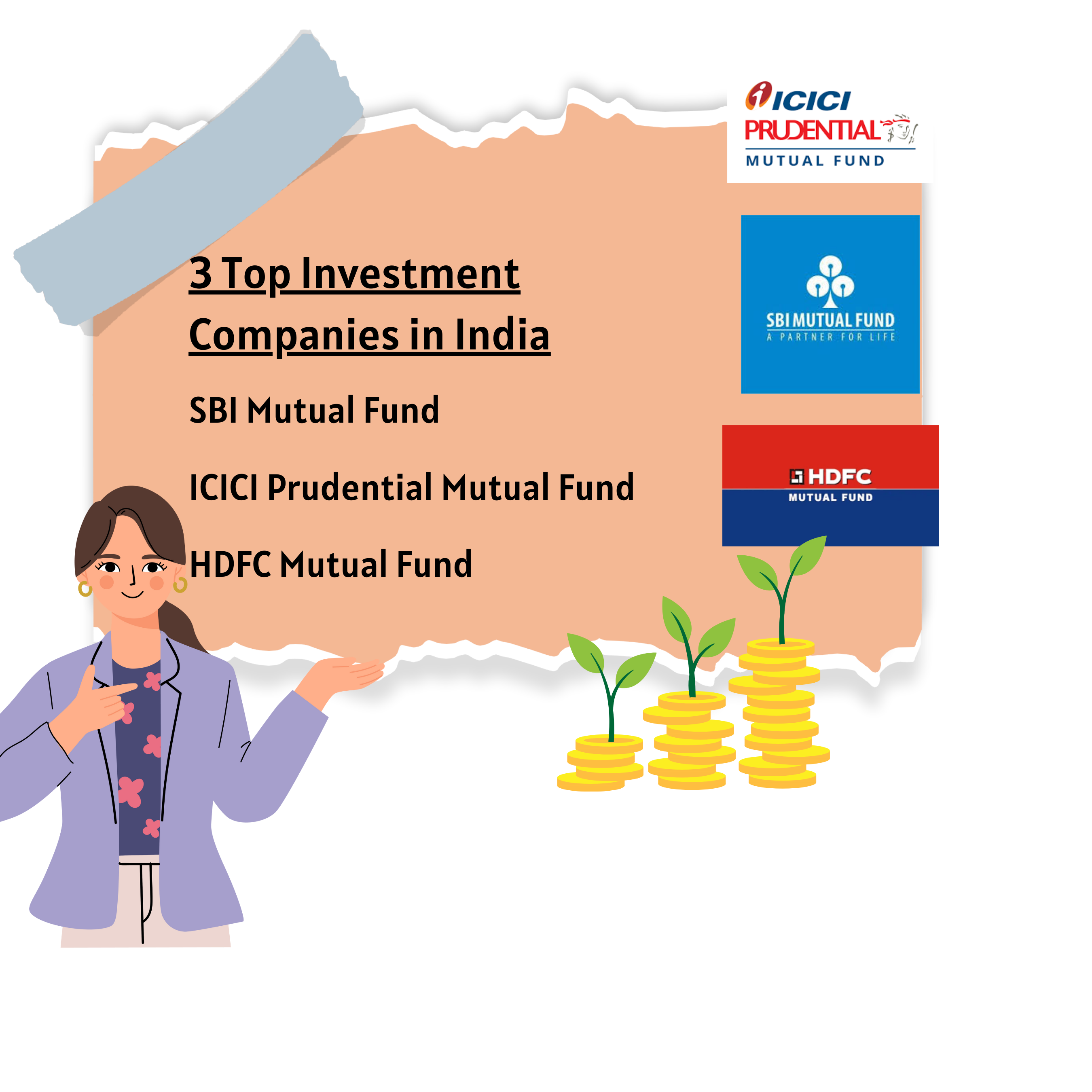Slippage Meaning Explained: How it Operates, Managing & Avoiding It

“Slippage” sounds a bit like something slippery, but what is it, really?
Well, slippage meaning has confused many.
But simply put, it’s like that sneaky surprise you get when you expect one thing, but something else happens.
Now, here’s where it gets interesting. Even though the term “slippage” lives mostly in the world of finance, it’s not solely used in the “slippage” club.
As a matter of fact – a good place to start understanding slippage in the inner world of finance, would be to start understanding it in the outer world of management.
First, let’s understand slippage in some management contexts, like “time slippage” and “effort slippage.”
Time Slippage
Time slippage is like when your day doesn’t go as planned. You thought you could finish your tasks by 5 PM, but it’s 8 PM, and you’re still at it.
Effort Slippage
Effort slippage is kind of the same but focuses on how much energy you put into something.
Let’s say you have a project where you planned to spend 100 hours on a task, but when you finish it, you realise it took 120 hours to complete. The effort slippage for this task would be:
Effort Slippage = 120 hours (Actual Effort) – 100 hours (Planned Effort) = 20 hours
(Effort slippage formula: Effort Slippage = Actual Effort – Planned Effort)
Now that you’ve understood the workings of slippage in the outer world of management, it would be easier to understand slippage meaning in the inner world of finance.
Slippage Meaning in Finance
It’s a phenomenon that can happen at any time but is most prevalent during periods of higher market volatility when market orders are used.
To put it simply, slippage occurs when the market conditions change between the time you request a trade and the time the exchange or market maker executes it.
So, what would it mean by a slippage of 1%? Let’s take a look.
1% Slippage Meaning
A 1% slippage implies that an order can be executed at a price 1% more or less than the intended price.
For instance, if you placed an order for a company’s shares at $100 and experienced a slippage of 1%, you might end up paying $101 per share, resulting in 1% negative slippage.
But how exactly does slippage work?
Also Read: What is Forex Trading? Meaning, Importance, 4 Advantages, Brokers in India
How Slippage Operates
Slippage in the financial world happens when the actual price of a trade execution differs from the expected price.
It’s like trying to buy a burger for $5, but by the time you get to the counter, the price has jumped to $6.
In trading, this can occur due to market volatility or delays in order processing, potentially leading to unexpected costs or profit (click here to learn about profitability ratios in stock market).
What sets slippage apart is that it doesn’t inherently carry a positive or negative connotation.
Any deviation between your intended execution price and the actual execution price falls under the umbrella of slippage.
When you execute an order, whether it’s buying or selling a security, it happens at the most favourable price available on the exchange or through a market maker.
Now that you know slippage meaning, and how it works, let’s explore how you can mitigate this phenomenon.
Also Read: How to Invest in Stock Market for Beginners: Your 7-Step Guide For a Head Start
Strategies to Mitigate Slippage
The most important bit about mitigating slippage starts here. How exactly should you avoid it?
While slippage is an inherent aspect of trading, there are strategies to minimise its impact:
1. Trade in Calm Moments:
Slippage is more likely to occur in volatile markets or during low liquidity periods.
To reduce the chance of slippage, consider trading during stable market conditions and avoid critical economic announcements or events that can lead to erratic price movements.
2. Use Limit Orders
Limit orders can help you avoid negative slippage. When you place a limit order, the trade will only execute at your specified price or better.
However, keep in mind that there’s a possibility the order may not get executed if the market doesn’t reach your specified level.
3. Slippage Tolerance
Some platforms allow traders to specify a maximum slippage tolerance, such as 2%.
This means that the order can be executed at a price within 2% of your intended execution price. It offers a degree of control over the potential slippage.
To sum it up, slippage is that unexpected twist in the world of finance, a bit like when your day doesn’t go as planned in management.
It’s the difference between the intended and executed price of a trade, occurring often in volatile markets.
Slippage doesn’t discriminate; it can be positive or negative. To mitigate it, trade wisely, use limit orders, and set slippage tolerance. Now, you’re equipped to navigate this slippery world of finance and management.
Ever wondered how harnessing the art of smart tax planning could potentially transform your financial landscape? As we step into the fiscal year 2024, discover the five crucial tips that could empower women to wield tax management as a tool for not just savings, but also building a more resilient and prosperous financial tomorrow.
Excerpt:
- Use Tax Exemptions
- Health Insurance Benefits
- Consider Tax-Saving Investments
- Use Home Loan Benefits
- Focus on Retirement Planning
1. Use Tax Exemptions: First Step Towards Smart Tax Planning
Women can maximize their tax savings by taking advantage of various exemptions and deductions. They can claim a standard deduction of up to INR 50,000 on their income, reducing their taxable income.
Additionally, under Section 80C, they can invest up to INR 1.5 lakh in tax-saving instruments like Public Provident Fund (PPF), National Savings Certificate (NSC), and Employee Provident Fund (EPF). These investments not only help in tax reduction but also encourage long-term savings.
2. Health Insurance Benefits
Women can secure their family’s health and save on taxes simultaneously. Under Section 80D, they can deduct premiums paid towards health insurance policies for themselves, their spouse, children, and parents from their taxable income.
This provision not only promotes preventive healthcare but also provides financial relief in case of medical emergencies.
3. Consider Tax-Saving Investments
Women have options to invest strategically for both their financial goals and tax benefits. For instance, the Sukanya Samriddhi Yojana (SSY) is an excellent option for securing their daughter’s future.
By investing until the daughter turns 21, women can ensure a substantial corpus for her education or wedding. Additionally, Equity-Linked Savings Scheme (ELSS) mutual funds offer potential for higher returns while reducing tax liability under Section 80C.
Exploring investment avenues like these helps in growing wealth while staying tax-efficient.
4. Use Home Loan Benefits
Women who have availed home loans can capitalise on attractive tax benefits. Under Section 80C, they can claim deductions on the principal amount repaid, while Section 24 offers deductions on the interest component.
The Budget of 2016 also introduced an extra deduction of Rs 50,000 on the interest component of their home loan, provided it’s their initial residential property purchase, with specific conditions on the property value and loan amount. These benefits reduce the overall tax burden and encourage women to invest in real estate.
5. Focus on Retirement Planning
Women should prioritize long-term financial security through effective retirement planning. The National Pension System (NPS) and Employee Provident Fund (EPF) provide not only attractive returns but also offer tax benefits.
Contributions to these schemes qualify for deductions under Section 80CCD(1B) and reduce taxable income. By building a substantial retirement corpus, women can ensure a comfortable and financially stable post-retirement life.
By leveraging tax exemptions, embracing health insurance benefits, exploring tax-saving investments, capitalising on home loan advantages, and focusing on retirement planning, women can not only reduce their tax burdens but also pave the way for a more smart tax planning.
With careful consideration and strategic implementation of these tips, women can chart a course towards financial empowerment and prosperity.









